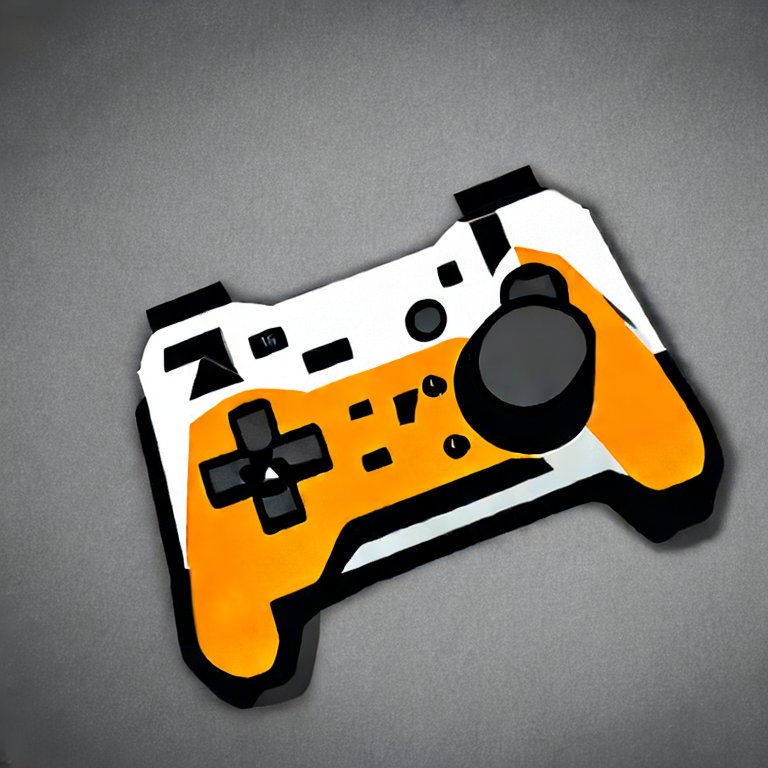

I have always had issues with KDE Plasma. On a dual monitor desktop setup, games would either open full screen on the secondary monitor, or an errant click would lead to them dropping out of full screen in a way that was unrecoverable without restarting the game. I had a much better experience with Gnome on that front, and my experience with Hyprland has been perfect. I can swap my game between any number of workspaces and full screen it with super+F.










And it’s essentially perfect. Just slap the game files in the correct folder and go. Support for modern screen resolutions, runs smooth and stable.
Edit: it also has access to multiplayer. Hop in the official devolutionx discord to find friends to delve with.